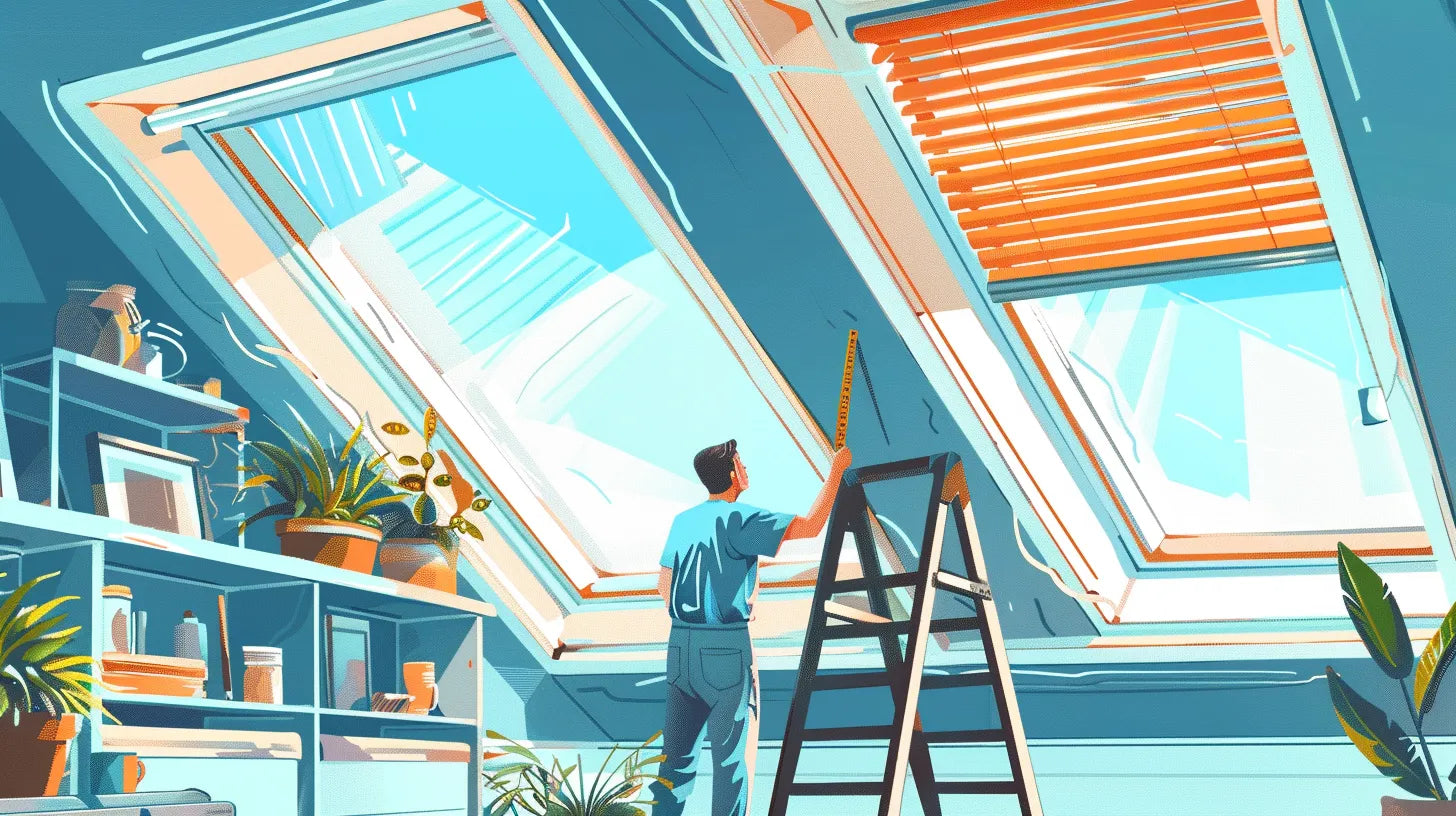Covering a skylight presents a unique challenge that intertwines functionality with aesthetic appeal, demanding a thoughtful approach to both material selection and installation.
The quest to find the perfect balance between allowing natural light and managing privacy necessitates a deep understanding of the available options, including thermal blinds, motorized shades, and cellular fabrics renowned for their insulation properties.
This discussion will navigate through the intricacies of assessing your skylight's specifications, choosing materials that not only complement your interior design but also meet your practical needs, and exploring both DIY and professional installation methods.
The goal is to equip you with the knowledge to make an informed decision that enhances your living space.
Assessing Your Skylight
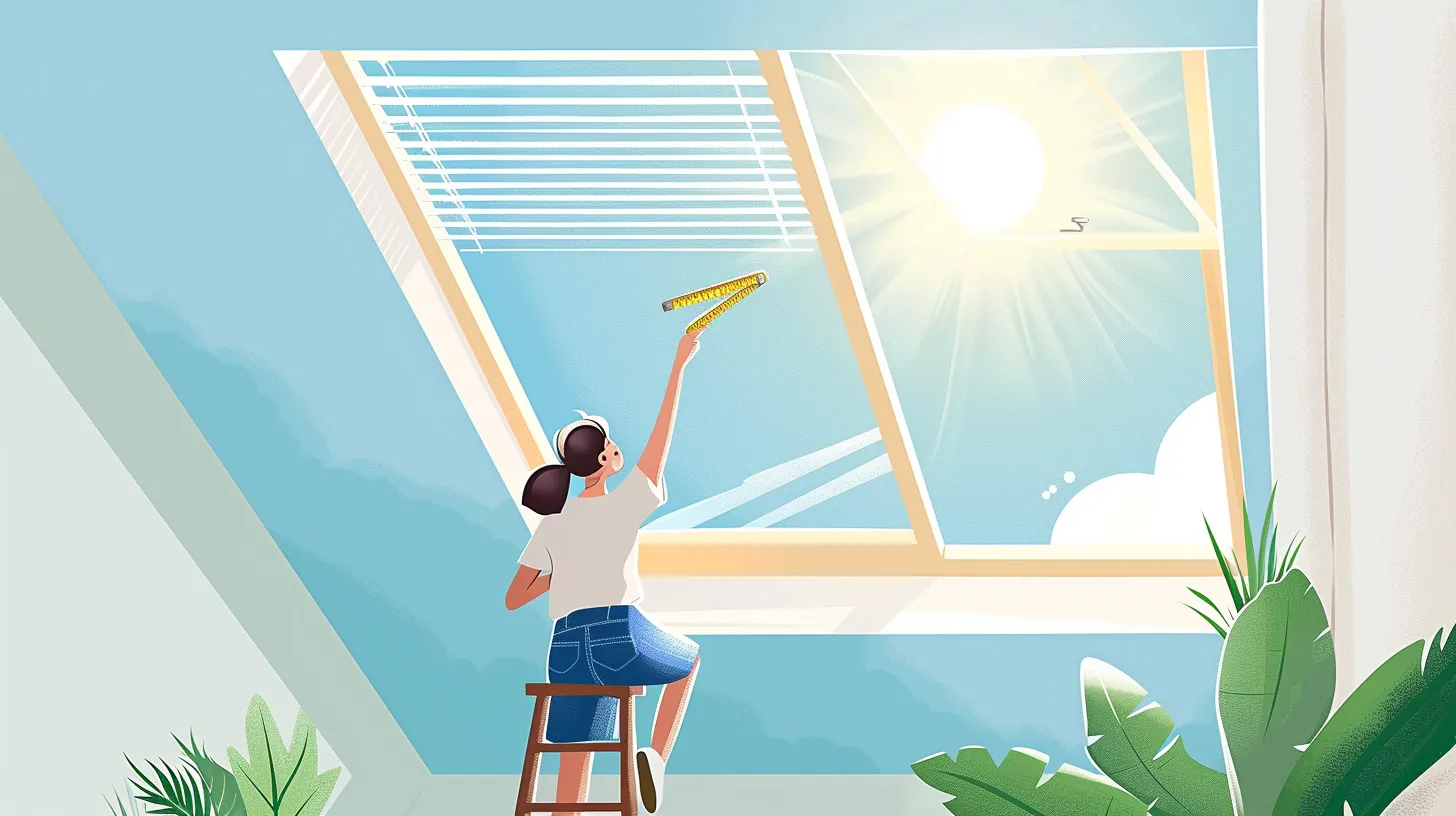
Before selecting a covering for your skylight, it is crucial to accurately measure its dimensions, assess its location and angle, and consider your needs for privacy, light control, and thermal insulation in conjunction with your home's interior design. Skylights can significantly impact a room's ambiance and temperature. Given their unique placement, traditional window treatments might not suffice, necessitating a specialized approach to achieve the desired balance between aesthetic appeal and functionality.
The angle and location of the skylight dictate the amount of sunlight entering the space, influencing decisions on light control solutions. A skylight receiving direct sunlight for most of the day requires different considerations than one in a more shaded area. Privacy concerns might not be as prevalent with skylights as with other windows, but in certain scenarios—such as skylights in bathrooms or bedrooms—finding a solution that offers seclusion without compromising on natural light can be essential.
Evaluating the need for thermal insulation is also vital. Skylights can introduce unwanted heat during summer and lose heat in winter, affecting your home's energy efficiency. Selecting the appropriate covering can help mitigate these issues, aligning with your interior design while ensuring the skylight enhances rather than detracts from your home's comfort and aesthetic.
Choosing the Right Material
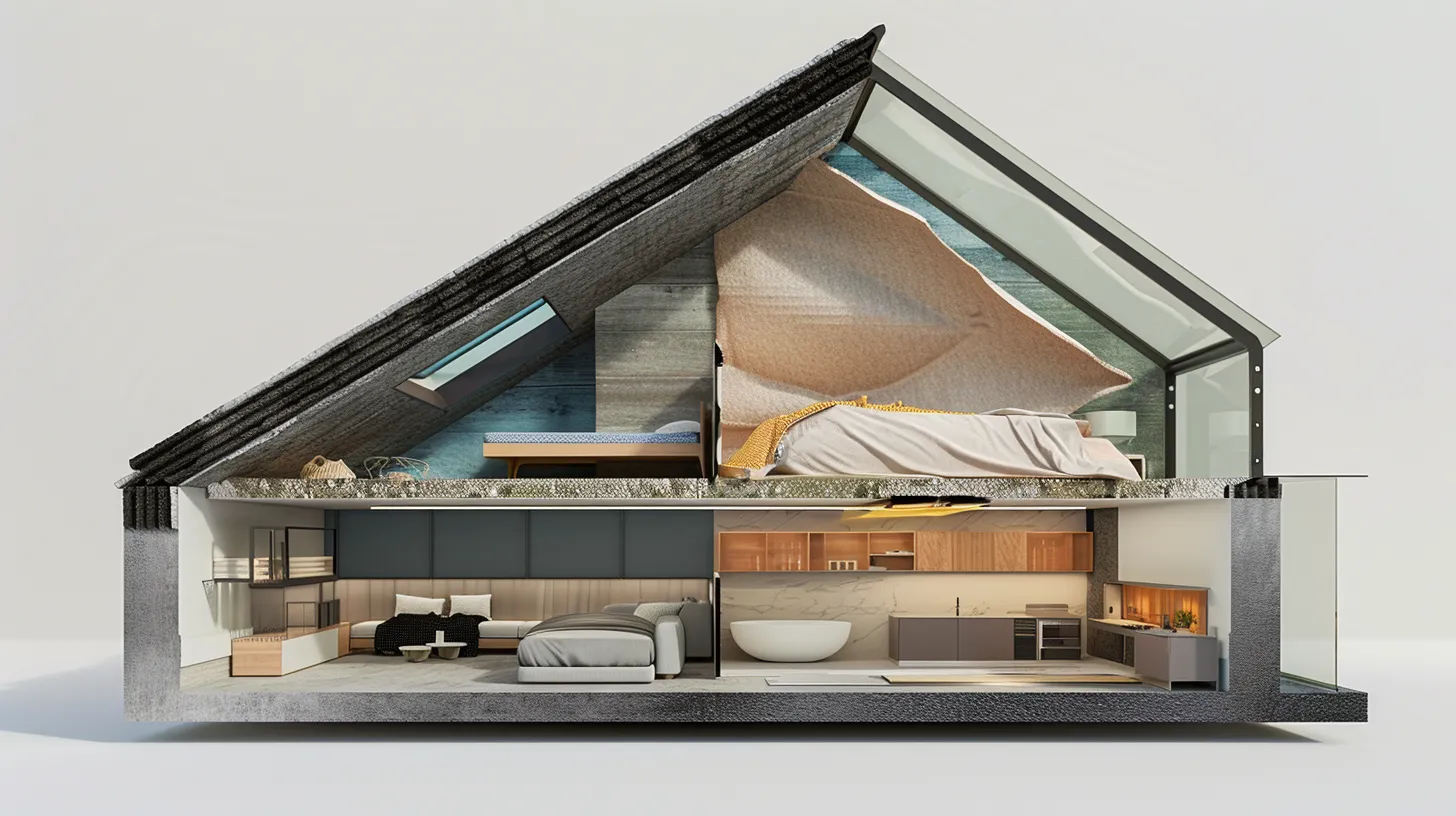
Selecting the appropriate material for your skylight covering is a critical decision that influences both energy efficiency and interior ambiance. The right fabric choice for skylight blinds and shades can make a significant difference in the functionality and effectiveness of the covering, impacting everything from temperature control to the overall look and feel of the room.
When it comes to materials, here are several key considerations:
-
Honeycomb or cellular fabrics are top choices for skylight coverings due to their excellent insulation properties. These cellular shades can trap air in their pockets, providing a barrier that helps maintain room temperature, thus enhancing energy efficiency.
-
Synthetic materials like aluminum or PVC offer durability and longevity. These materials are ideal for skylight shades in areas exposed to high moisture or where easy maintenance is a priority.
-
Lighter fabric colors are beneficial for reflecting heat, improving insulation, and aiding in temperature control within the room. This feature is especially valuable during warmer months.
-
Aesthetic compatibility should also be considered. Choose a material that not only serves your functional needs but also complements your interior design, ensuring the skylight blends seamlessly with the rest of your space.
DIY Installation Steps
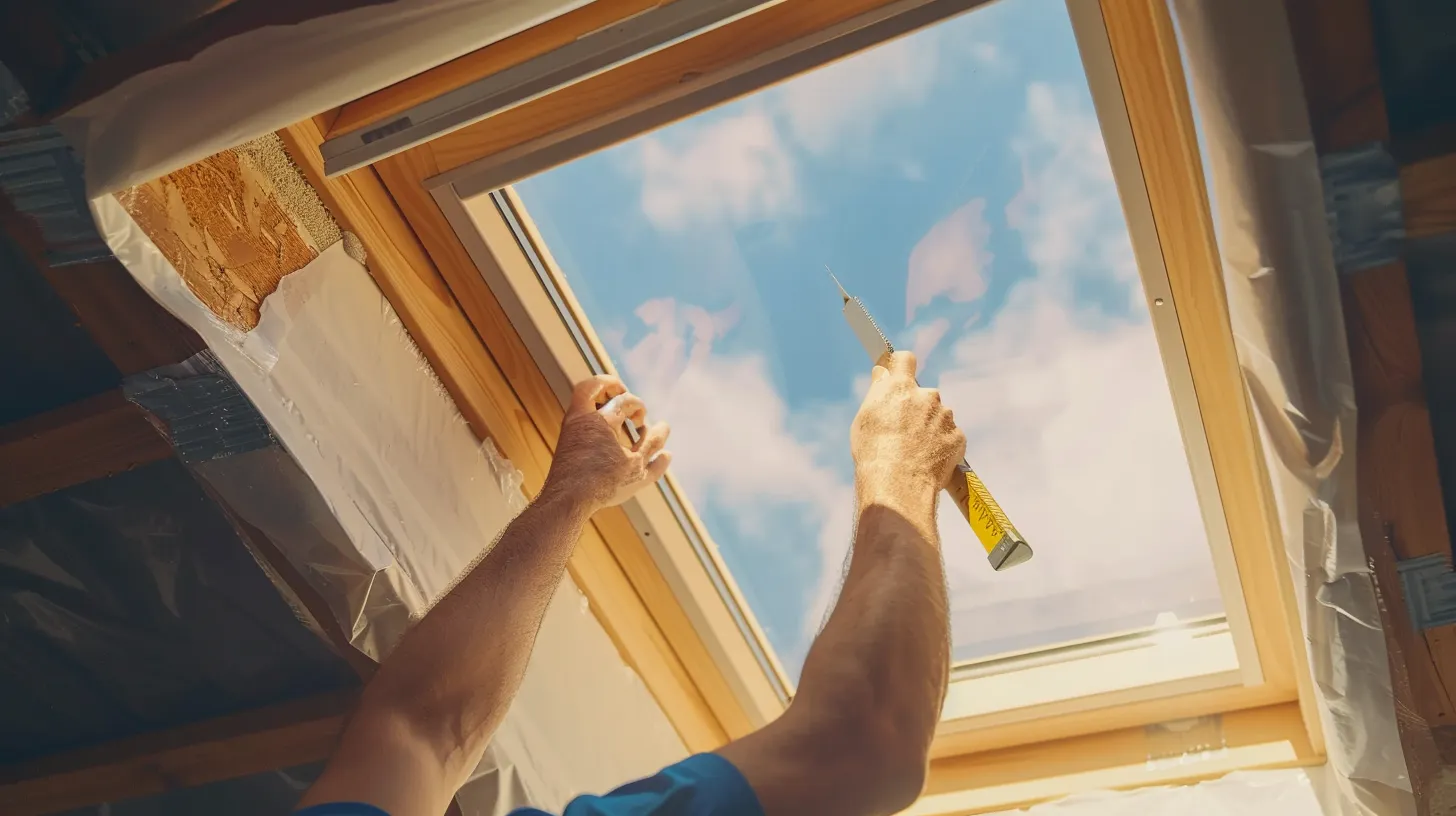
Having chosen the right material for your skylight covering, the next step involves accurate installation to ensure optimal functionality and efficiency. The first crucial step is to measure the skylight opening accurately. This ensures that the skylight blinds and shades fit perfectly, providing the desired effect to either brighten or darken the room as needed.
Once the measurements are taken, the next step is to securely install brackets at the appropriate positions around the skylight window. These brackets will support the cover and ensure it remains in place, even during harsh weather conditions. Following the bracket installation, it's essential to hem the top edge of the curtain or shade. This not only gives the covering a neat and finished look but also prevents fraying and extends the life of your skylight cover.
Before finalizing the installation, conduct a test fit to ensure the cover provides adequate coverage and functions as intended. If adjustments are needed, make them before proceeding. Finally, create a bottom hem on the skylight shade for a polished and professional appearance, enhancing the overall aesthetics of the room and ensuring the covering operates smoothly and efficiently.
Professional Installation Options
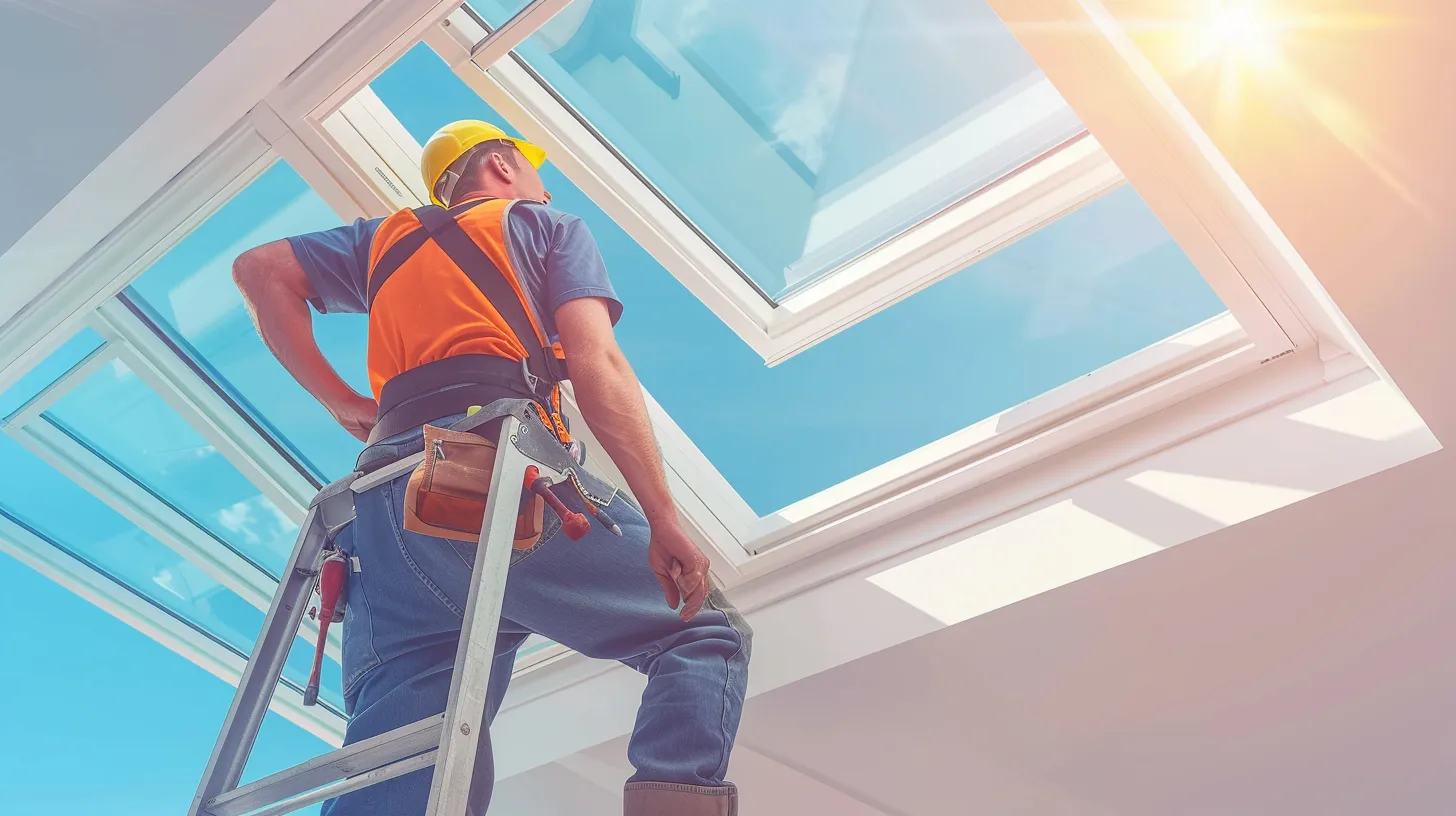
Opting for professional installation services for skylight coverings guarantees accuracy in fit and functionality, ensuring that the investment in your home's lighting control is both effective and efficient. When selecting professional installation, companies like Budget Blinds offer the advantage of experienced consultants who can recommend the best type of covering based on your skylight's location and size. This tailored approach is essential for skylight windows, which often require specific window treatment styles to maximize their benefits while minimizing potential issues.
Choosing professional installation services for your skylight coverings has several key benefits:
-
Precision in Measurement and Fit : Skilled installers ensure that the coverings perfectly fit your skylight windows, eliminating gaps and reducing light leaks.
-
Access to a Variety of Options : Professionals can introduce you to a wide range of window treatment styles suitable for skylight coverings, from blackout blinds to energy-efficient shades.
-
Minimized Risk of Damage : Expert installation minimizes the risk of errors or damage to your skylight during the covering process, protecting your investment.
-
Time and Effort Savings : Hiring professionals can save you considerable time and effort, resulting in a seamless and effective installation.
Maintenance and Care Tips

To ensure the longevity and optimal functionality of your skylight coverings, regular maintenance and careful handling are indispensable. Skylight coverings, including blinds and shades, not only enhance the aesthetic appeal of a space but also regulate the inflow of natural light. To maintain their beauty and efficiency, it is crucial to clean them regularly using a soft cloth or a vacuum attachment. This simple act removes dust and debris, preventing accumulation that could impair their operation or mar their appearance.
Furthermore, a routine inspection for any signs of wear or damage, such as tears or loose fittings, is essential. Early detection and prompt repair can prevent further deterioration, ensuring the coverings continue to function effectively. It is advisable to avoid the use of harsh chemicals or abrasive cleaning tools, as these could damage the delicate fabric or material of the skylight covering.
For those with intricate or motorized skylight coverings, considering professional maintenance services is wise to ensure their proper function. Additionally, proper storage of skylight coverings when not in use, especially for seasonal coverings, is crucial to prevent creasing or damage. By following these maintenance and care tips, your skylight coverings will remain an effective and beautiful addition to your space.


